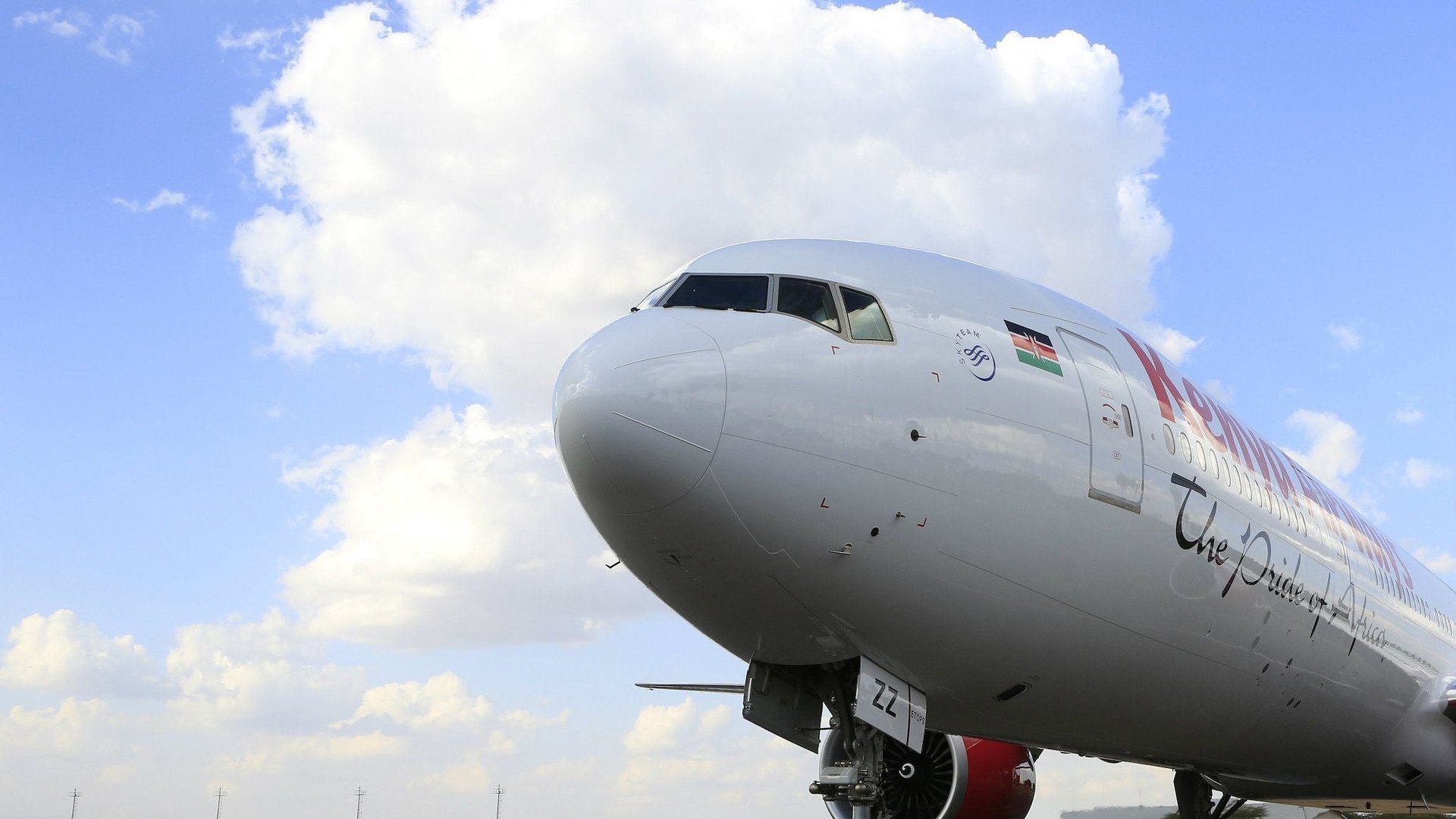Africa’s fourth largest airline is in danger of collapsing
Kenya Airways has gone from being one of the region’s leading airlines and a point of national pride to one the worst performing carriers in the world.


Kenya Airways has gone from being one of the region’s leading airlines and a point of national pride to one the worst performing carriers in the world.
This week, the partly government-owned airline reported its largest annual loss ever, a pre-tax shortfall of 29.7 billion shillings ($293 million) for the 2014-2015 year.
Investors are calling on the government to bail out the company before a full-on collapse. “We cannot just sit back and allocate huge sums to some irrelevant sectors while ignoring our national pride to collapse as we watch. Let us rescue this sinking ship,” said Chris Kirubi, chairman of Centum Investment and a major shareholder in the airline.
Local politicians are decrying what they say has been mismanagement of the national carrier, Africa’s fourth largest by passenger capacity, better known as just “KQ.” Other observers blame the airline’s decline on nepotism and elitism of the leadership, while some theorize the string of losses is part of an intentional ploy to sell off the carrier cheaply. There are also criticisms that the company has hired too many foreigners—about 15% of the workforce is non-Kenyan, according to a Senate Committee inquiry into the carrier.
What is certain is that the airline, and the country as a whole, has been hit by falling tourism as a result of travel warnings issued by other countries after Al-Shabaab attacks. The airline is also victim to a poorly timed expansion, a miscalculated hedge on fuel prices, reduced travel to West Africa over Ebola fears, and competition from Middle Eastern airlines like Turkish Airlines, Emirates, and Gulf, which are increasingly accounting for more flights to the region.
It’s also an example of unrealized expectations for growth in East Africa’s largest economy. In the late 1990s, it was the only African carrier to successfully privatize and is now listed in Kenya, Tanzania, and Uganda. As Kenya’s economy expanded between 2002 and 2011, and the number of tourists to the country quadrupled, the airline decided to expand its fleet. Just a few years ago, Kenya Airways was lauded as the carrier that would bring “African aviation into the world’s limelight.”
Now that title is being conferred to Ethiopian Airways, another national carrier that has weathered many of the same challenges as Kenya Airways. That could be because it has more routes compared with Kenya Airways, which is focused mainly on Africa, the Middle East and parts of Asia. For example, KQ has only four routes to Asia compared to nine for Ethiopian Airlines. And unlike its rival, Kenya Airways cannot offer direct flights to the US, a fact that officials are working to change soon.